 W
WThe Bayerisches Armeemuseum is the Military History Museum of Bavaria. It was founded in 1879 in Munich and is located in Ingolstadt since 1972. The main collection is housed in the New Castle, the permanent exhibition about the First World War in Reduit Tilly opened in 1994 and the Armeemuseum incorporated the Bayerisches Polizeimuseum in the Turm Triva in 2012. Today, part of the former Munich Museum building is the central building of the new Bayerische Staatskanzlei.
 W
WThe Castle Museum is located in Nideggen Castle in the county of Düren, in the German state of North Rhine-Westphalia.
 W
WThe Dresden Armoury or Dresden Armory, also known as the Dresden Historical Museum, is one of the world's largest collections of ceremonial weapons, armour and historical textiles. It is part of the Dresden State Art Collections and is located in Dresden Castle in Dresden.
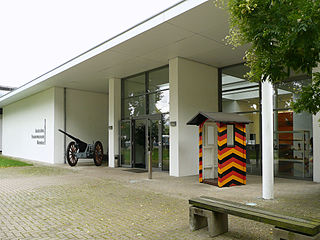 W
WThe German Tank Museum is an armoured fighting vehicle museum in Munster, Germany, the location of the Munster Training Area camp. Its main aim is the documentation of the history of German armoured troops since 1917.
 W
WGrauerort fortress is a German artillery fort on Elbe river about 9 km (5.6 mi) north of Stade which was built between 1869 and 1879 to defend the Port of Hamburg. Its shape is hexagonal, taking advantage of the topography of the area and the location of the previously existing levee. The main armament of the fort were probably ten 21 cm breech-loading guns, but they are no longer in place. There were also 4 12 cm and six 9 cm guns. Construction materials were cement and brick; concrete was only used from 1885 onward.
 W
WKönigstein Fortress, the "Saxon Bastille", is a hilltop fortress near Dresden, in Saxon Switzerland, Germany, above the town of Königstein on the left bank of the River Elbe. It is one of the largest hilltop fortifications in Europe and sits atop the table hill of the same name.
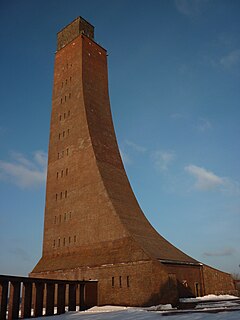 W
WThe Laboe Naval Memorial is a memorial located in Laboe, near Kiel, in Schleswig-Holstein, Germany. Started in 1927 and completed in 1936, the monument originally memorialized the World War I war dead of the Kaiserliche Marine, with the Kriegsmarine dead of World War II being added after 1945. In 1954 it was rededicated as a memorial for the sailors of all nationalities who were lost at sea and at the same time a memorial for peaceful sailing in open seas.
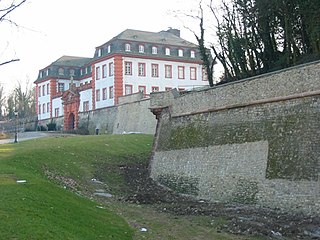 W
WThe Mainzer Zitadelle is situated at the fringe of Mainz Old Town, near Mainz Römisches Theater station. The fortress was constructed in 1660 and was an important part of the Fortress Mainz.
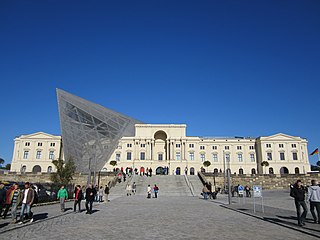 W
WThe Bundeswehr Military History Museum is the military museum of the German Armed Forces, the Bundeswehr, and one of the major military history museums in Germany. It is located in a former military arsenal in the Albertstadt which is part of Dresden. After a long history of switching titles and approaches to military history, the museum was re-opened in 2011 with a new internal and external concept. The museum focuses on the human aspects of war, while also showcasing the evolution of German military technology.
 W
WThe Militärhistorisches Museum der Bundeswehr – Flugplatz Berlin-Gatow, is the Berlin branch of the Bundeswehr Military History Museum. The museum acts as an independent military department.
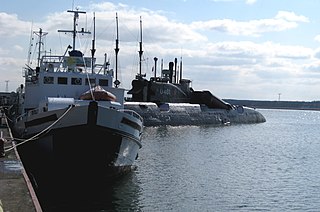 W
WPeenemünde is a municipality on the Baltic Sea island of Usedom in the Vorpommern-Greifswald district in Mecklenburg-Vorpommern, Germany. It is part of the Amt of Usedom-Nord. The community is known for the Peenemünde Army Research Center, where the world's first functional large-scale liquid-propellant rocket, the V-2, was developed.
 W
WThe Peenemünde Historical Technical Museum, former "Peenemünde Information Centre for History and Technology" is a museum, founded in 1991, in the observation bunker and site of the former power station in Peenemünde on the island of Usedom in eastern Mecklenburg-Vorpommern in Germany. The museum is dedicated to the history of the Peenemünde Army Research Centre and the Luftwaffe test site of "Peenemünde-West", especially the rockets and missiles developed there between 1936 and 1945. Since January 2007 the information centre has become an anchor point on the European Route of Industrial Heritage (ERIH), a Europe-wide network of industrial monuments, and a part of the ERIH themed routes for Energy and Transport & Communication.
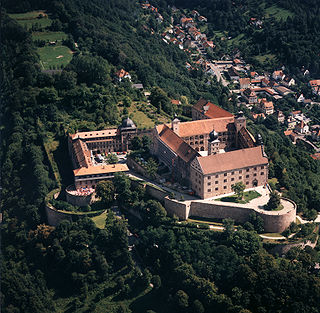 W
WPlassenburg is a castle in the city of Kulmbach in Bavaria. It is one of the most impressive castles in Germany and a symbol of the city. It was first mentioned in 1135. The Plassenberg family were ministerial of the counts of Andechs and used as their seat the Plassenburg. The House of Guttenberg, a prominent Franconian noble family, traces its origins back to 1149 with a Gundeloh v. Blassenberg (Plassenberg). The name Guttenberg is derived from Guttenberg and was adopted by a Heinrich von Blassenberg around 1310. From 1340, the Hohenzollerns governed from Plassenburg castle their territories in Franconia till 1604. The Plassenburg was fortress and residence for the Hohenzollerns.
 W
WPottenstein Castle is one of the oldest castles in Franconian Switzerland, a region in the German state of Bavaria. It stands on a rock above the eponymous town of Pottenstein in the Upper Franconian county of Bayreuth. The castle is home to a museum and both may be visited for a fee.
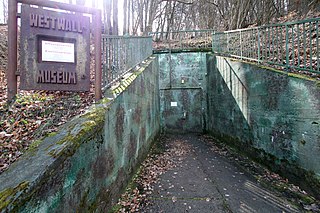 W
WThe Siegfried Line Museum at Pirmasens is a museum in the German state of Rhineland-Palatinate that is housed in a former subterranean fortification on the edge of the village of Niedersimten in southwest Palatinate (region). Its theme is war, but it also views itself as a memorial to peace. It was founded by the Gerstfeldhöhe Society and is run in cooperation with the town of Pirmasens.
 W
WSigmaringen Castle was the princely castle and seat of government for the Princes of Hohenzollern-Sigmaringen. Situated in the Swabian Alb region of Baden-Württemberg, Germany, this castle dominates the skyline of the town of Sigmaringen. The castle was rebuilt following a fire in 1893, and only the towers of the earlier medieval fortress remain. Schloss Sigmaringen was a family estate of the Swabian Hohenzollern family, a cadet branch of the Hohenzollern family, from which the German Emperors and kings of Prussia came. During the closing months of World War II, Schloss Sigmaringen was briefly the seat of the Vichy French Government after France was liberated by the Allies. The castle and museums may be visited throughout the year, but only on guided tours. It is still owned by the Hohenzollern-Sigmaringen family, although they no longer reside there.
 W
WThe Spandau Citadel is a fortress in Berlin, Germany, one of the best-preserved Renaissance military structures of Europe. Built from 1559–94 atop a medieval fort on an island near the meeting of the Havel and the Spree, it was designed to protect the town of Spandau, which is now part of Berlin. In recent years it has been used as a museum and has become a popular tourist spot. Furthermore, the inner courtyard of the Citadel has served as an open air concert venue in the summertime since 2005..